×
Save 20% On Your Purchase!
Use code SAVE20 at checkout to save on your purchase today from my Herbal Shop!
×
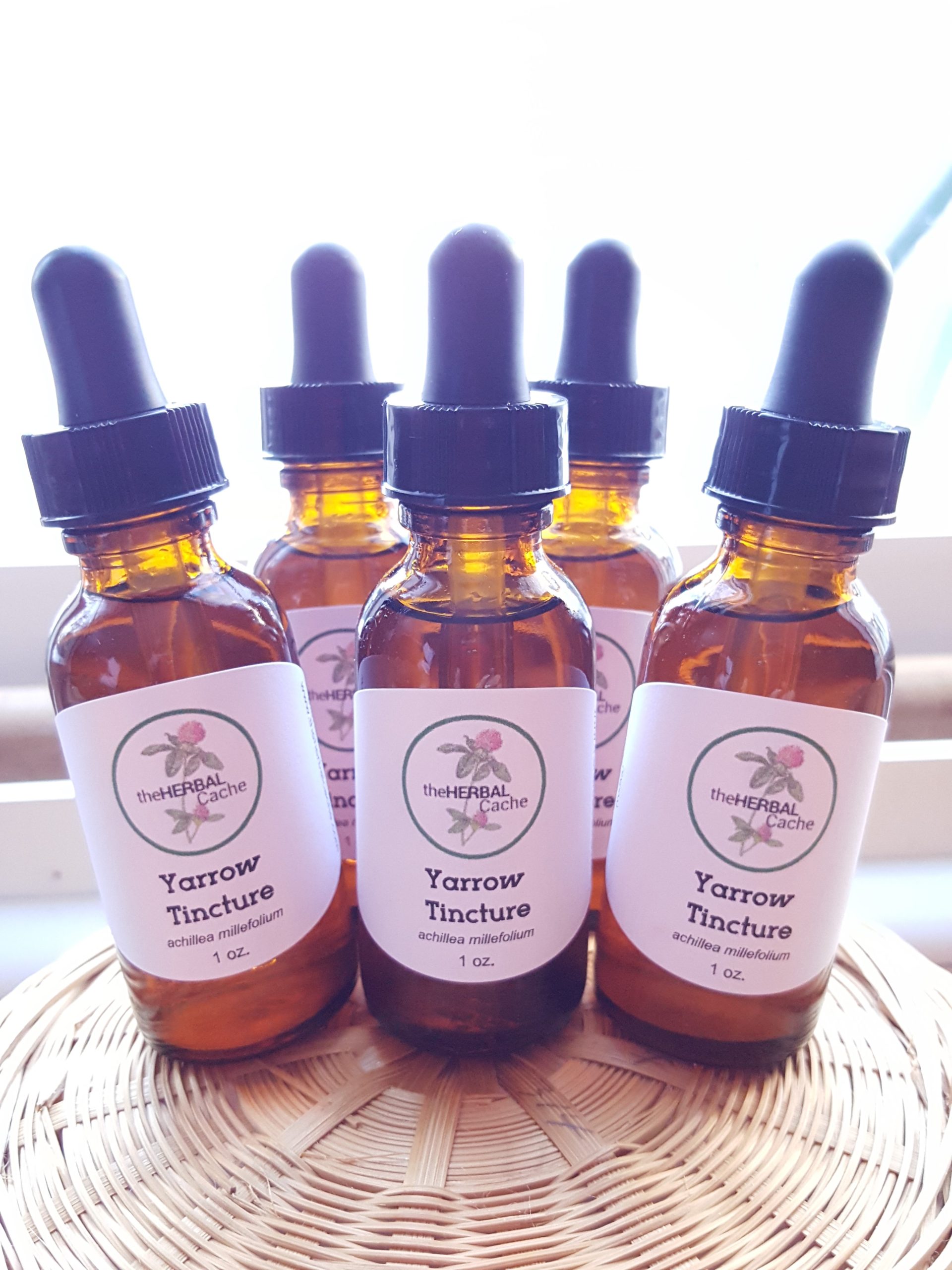
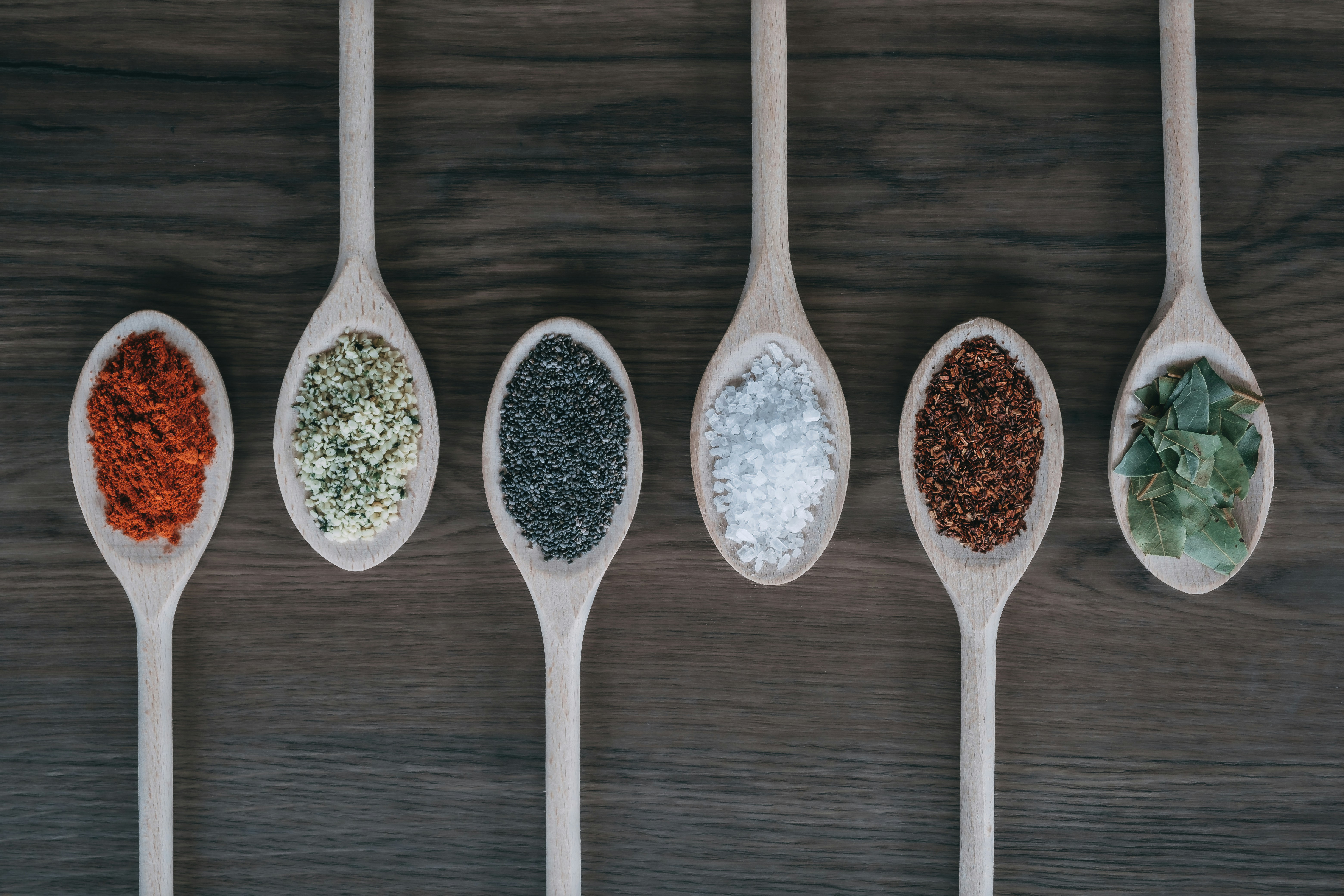
Welcome to another blog post in my series “Myths in Herbal Medicine”. Here I try to shed some light and knowledge surrounding a number of myths or views toward herbalism that are skewed one way or the other.
In this post I go over whether or not to use herbs by themselves or grouped in formulas and how formulas are created. A reminder that I am also talking about weeds when I refer to herbs, as they make up a huge part of my herbal apothacary.
Using a single herb for a symptom or purpose is fine. There is nothing wrong with that. Herbs, and weeds, are sometimes classified as simple little plants, but they can be complex in nature. Taking one herb by itself can help you learn how it affects you.
A single herb can affect you in one way or a number of ways. It depends on how you and the herb connect with each other. Because a herb may work one way for you, but slightly different for someone else.
When taking an herb for the first time, sometimes it is best to take it by itself. Pay attention to how you feel or if there are any changes in your body. This a a great way to learn how the herb is affecting you.
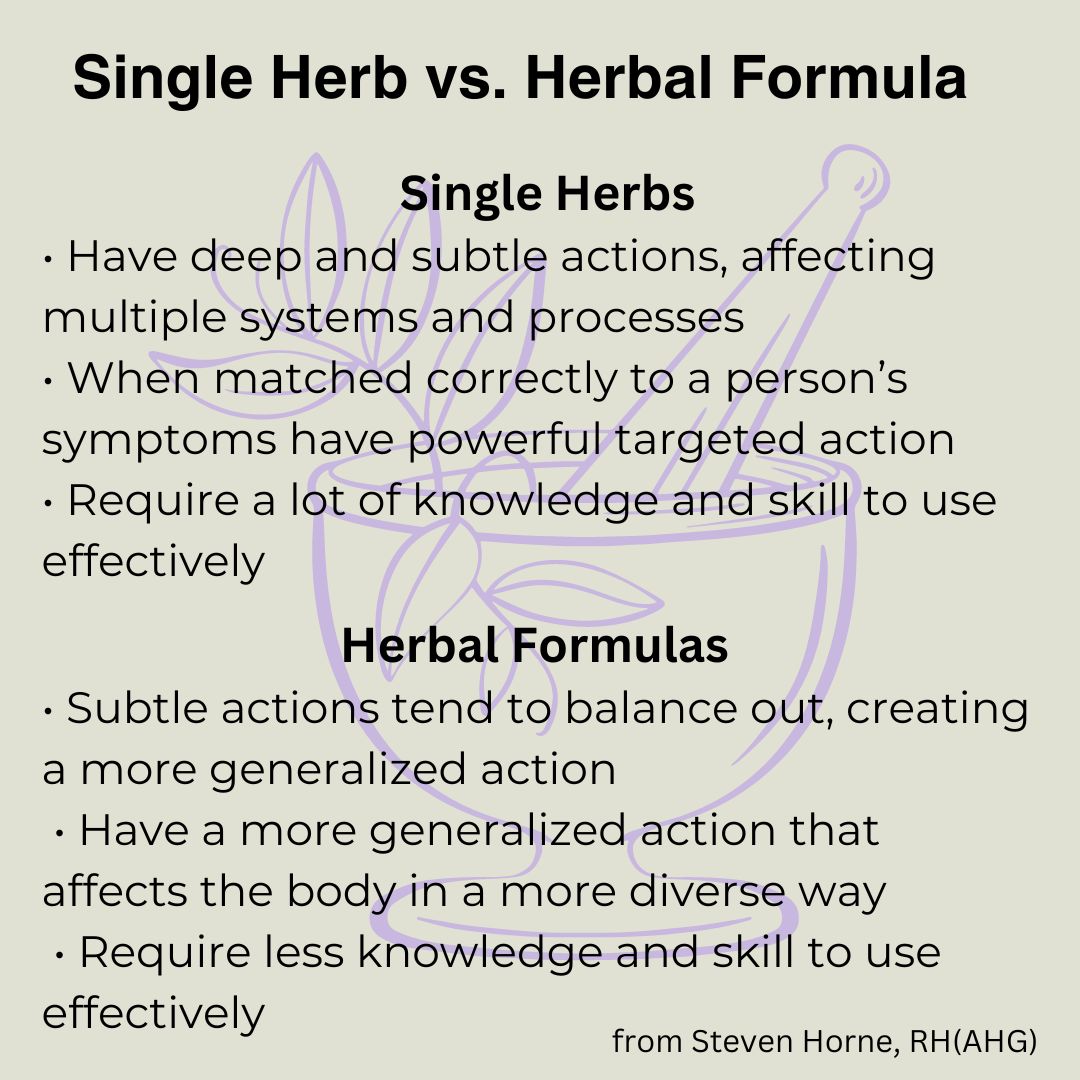
Many herbs, when combined with other herbs, work better then when on their own. There is a synergy that is created.
Synergy = “the whole is greater than the sum of its parts”
You can compare it to a car. A tire on its own rolls, but when it is combined with all the other parts of a car, it can roll very fast! And if you remove certain parts, the car will no longer work the way it was intended.
European, TCM and Ayurveda generally believe through practice and experience that synergy between herbs is happening and is a central part of their doctrine. This synergy is the harmony created by the individual as part of something, like the tire and car I just referred to.
Many herbalists believe that putting herbs into formulas makes them much stronger then using them on their own because of the synergy that is taking place. It’s like creating a team. A recent double-blind, crossover trial using 20 young, healthy volunteers, taking a formula containing ginseng, Panax ginseng, and ginkgo, ginkgo biloba, demonstrated to be more effective in improving cognitive function than either alone (Scholey and Kennedy 2001).

Herbs have been used in formulas for thousands of years. Many of those formulas are still used today, some maybe slightly changed.
One of the best-preserved manuscripts, called Wushier Bing Fang, written on silk, described prescriptions for treating 52 illnesses. It is believed it was compiled around 900 BC, nearly three thousand years ago! It was found in a Chinese Emperor’s tomb. It contains over 170 formulas using two or more ingredients.
Combining herbs can almost be called an art. The fun, or interesting, part is that every formula is unique. A formula is created for one individual based on their health history, diet, exercise, current symptoms, etc. There is no “right” way because every herbalist adds their personal flair when they create their formulas.
There are a number of things that do need to be taken into consideration when creating formulas:
There is no magic number for the amount of herbs you should use when formulating herbal medicine. What matters most is not how many herbs you used in your formula but your reasons for selecting them and your approach to combining them.
Herbs can be formulated together in a number of ways. The art is knowing, and learning, which herbs to combine to get the affect you are after and what delivery method to use.
You need to ask a couple of questions. Is this the most convenient, most delicious, most effective way to deliver your remedy? Would the formula be better as an infused honey, a steam, or a capsule? Is the person taking it going to want to take it? Also consider solubility: choose herbs that will extract in the method you’ve chosen, or choose the method based on the herbs.
Here are a few ways for delivery:
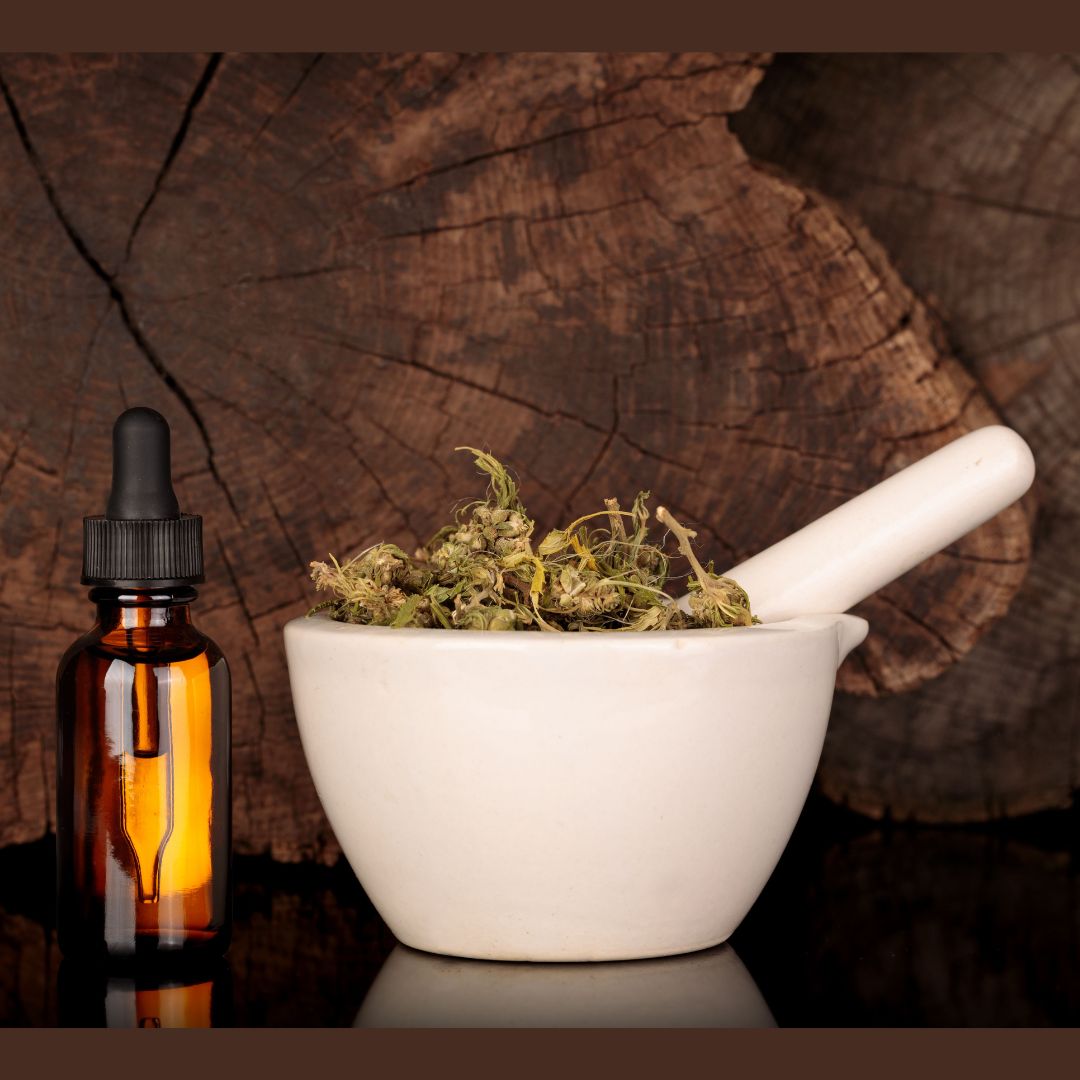
As we all know, we use many herbs for cooking. And in many cases, we are using multiple herbs together, because they work well together.
Some traditional combinations are:
Herbal medicine is generally more forgiving than you may think, so don’t be afraid to try. Trust your knowledge, gut feeling and just create!
The only way you learn how the herbs work together is if you try. Like I mentioned earlier, every formula is different because every herbalist adds their own flair and knowledge to it.
And like everything else, creating formulas to use over single herbs, is a learning process. One formula may not do what you wanted it to do, but that doesn’t mean give up. Keep trying.
Creating a formula is a lot like arranging a flower bouquet or writing a poem, finding that perfect balance and beauty that works for you.

Read my other blog posts in this series of “Myths in Herbal Medicine” and let me know what you think.
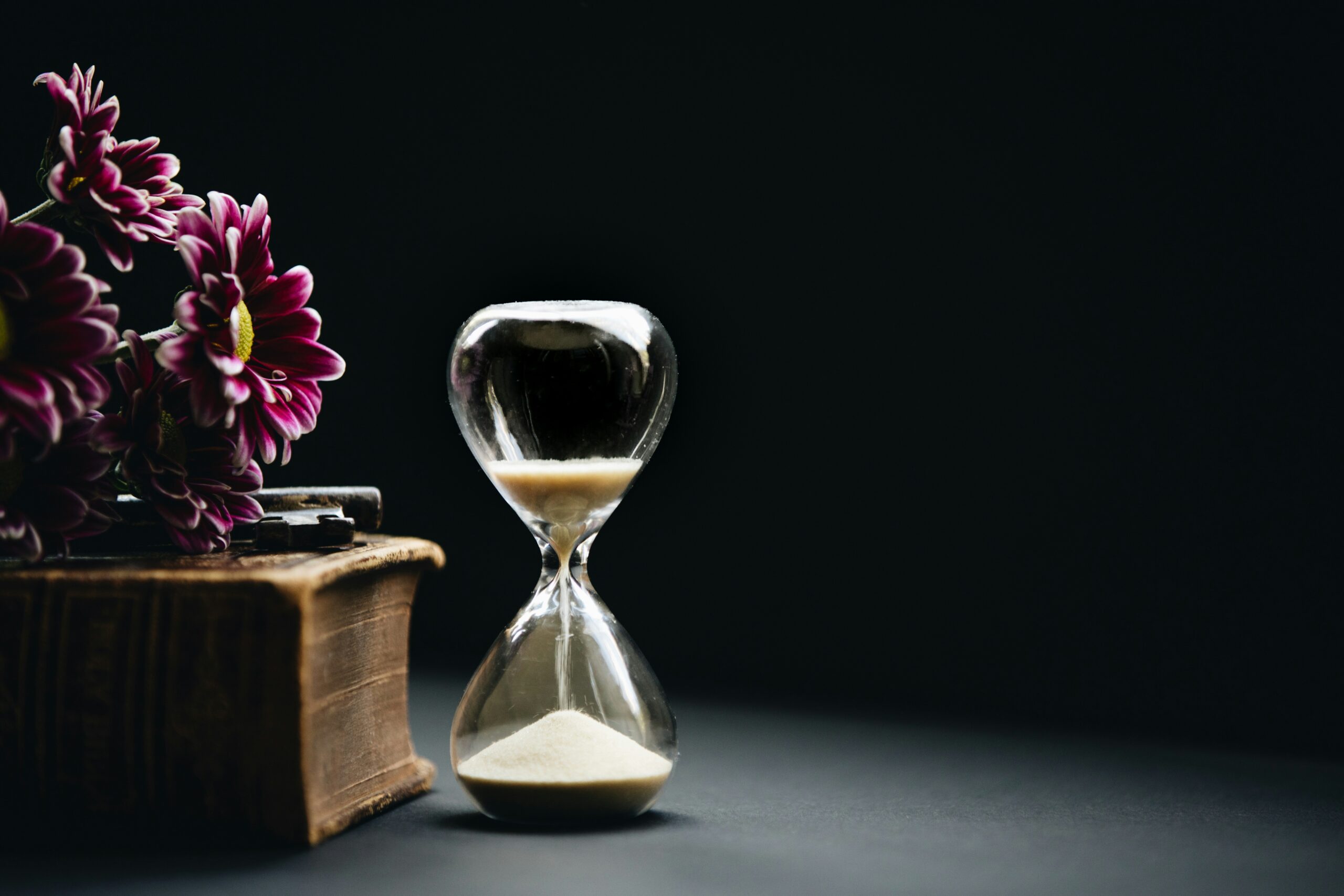
There is the common myth that using herbs for medicinal purposes takes a long time to feel or see results. I think one reason for this is because people today are comparing them to allopathic medicine, or “modern” medicine. They expect immediate results.
But the real answer is that it all depends.
I know, not the answer you were hoping for. So it depends on what?
There are a number of factors, or variables, that determine how and when you will feel or see an herb taking effect.
Lets check out a few of these factors.
Different herbs work in different ways, so depending on the herb will determine how soon you notice the effects from it, if any. There may be an herb that just isn’t meant for you.
Take kava, for example, which can often be felt in 10 to 20 minutes, sometimes even sooner. Bitter herbs, such as dandelion and ginger, which are taken for digestive issues, also take effect within a short time. The reason they are taken before meals.
Astringent herbs, like yarrow and witch hazel, are tonifying, and will take longer for results to appear.
In acute situations, such as upper respiratory illness, urinary tract infection, nausea, headache, cramps, the herbs can be effective quickly. Results may be seen the same day the herb is taken and only need to be used for a short time.
In chronic conditions, such as arthritis, allergies, asthma, chronic constipation, etc., an herb can take from a couple weeks to several months to reach full effect. Although many chronic conditions may require taking herbal medicine for a longer period of time, small signs may be apparent when first starting to take the herb.
There are a number of ways an herb can be administered. It can be a tincture, tea, capsule, tonic, etc.
Tinctures are well-absorbed and begin working very quickly. But the key word here is begin. Noticeable effects or results can vary greatly. Some herbs that affect the nervous system can produce noticeable effects in a short period of time.
Taking an herb in capsule form will take longer, as the body needs to break down the capsule through digestion.
Tonics usually show results over a period of time.
A lot of things determine how fast an herb will give you an outcome you are happy with. If you get an outcome.
Keep in mind, everyone is different. So what works for one person, may not work for you. Patience is key when working with herbs.
Also, for herbs that take longer to work, you may not even notice it. Acne that was once a problem may slowly disapper. And one day you’ll notice that your acne issue is gone!
The key is research and patience together. This will help you find the herbs meant for you to live a more healthy and fulfilling life.
Read my other blog posts in this series of “Myths in Herbal Medicine” and let me know what you think.
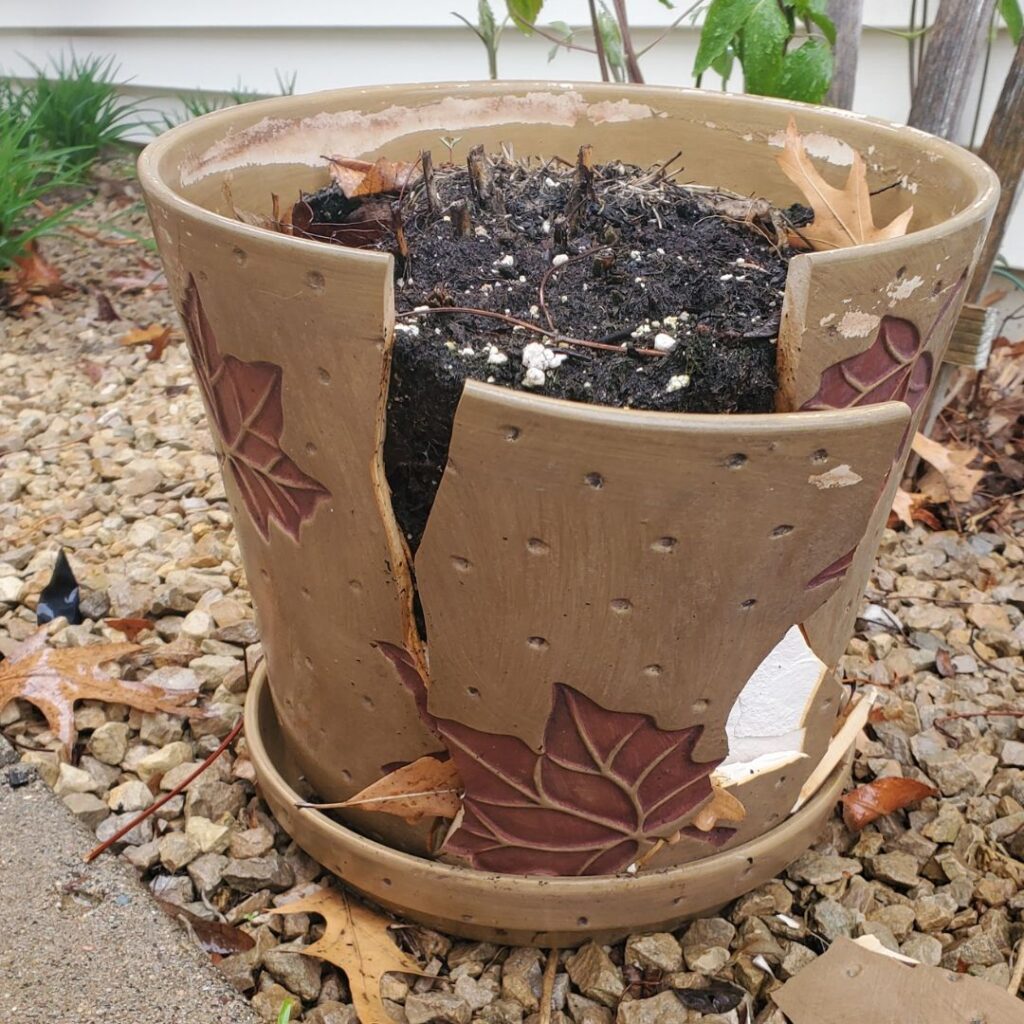
I’ve had this flower pot for years and love the design on it. So this past winter when I found it broken one day, I almost cried. Ok, I didn’t cry, but I was pissed. I was mad. I was angry. And I didn’t have the heart to throw it away just yet. So I left it sit there, broken.
Then spring came and it was getting time to get my flower pots ready for summer. I looked at my poor broken flower pot and wondered if there was some way I could reuse it so I didn’t have to toss it in the garbage can.
So the research began to reuse one of my favorite flower pots.
I wanted to know if there were any unique ways to reuse a broken flower pot and if so, could I use mine. So I started researching to see what I could find out.
Well, I found out there are a number of uses for broken flower pots.
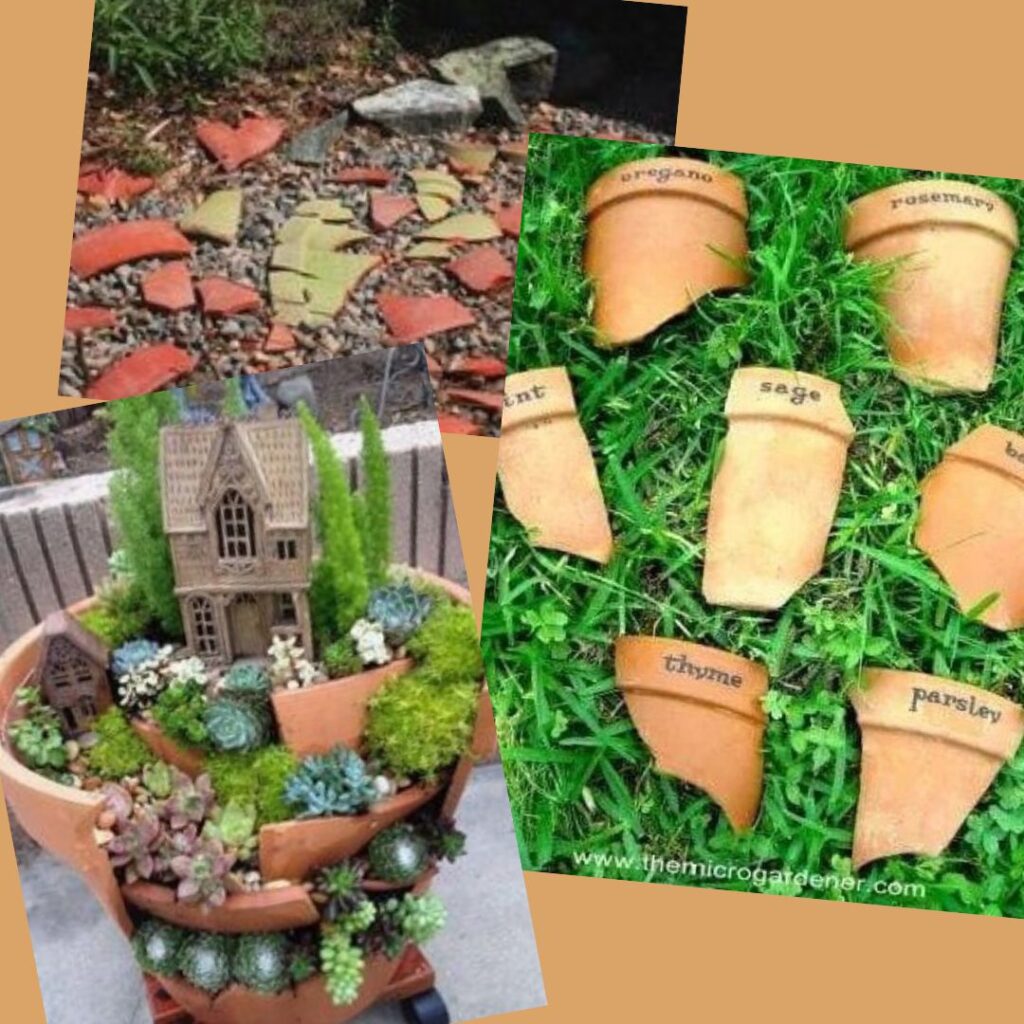
After finding all these uses, I was so happy that I could find a use for my broken flower pot. Now I just had to figure out which idea I liked the best. I thought they all were good ideas.
I took into consideration my broken pot, where I would put it, the space I had to use, sunlight and my personal taste.
I wanted the theme to be peaceful and serene. Because that’s what gardens are, right? A place of relaxation and calmness. So I went with this idea:

First I went online to find the figurine and pagoda that would suit my needs. I found a number to chose from and prices ranged all over. I finally settled on some solar powered pagodas and a resting Buddha.
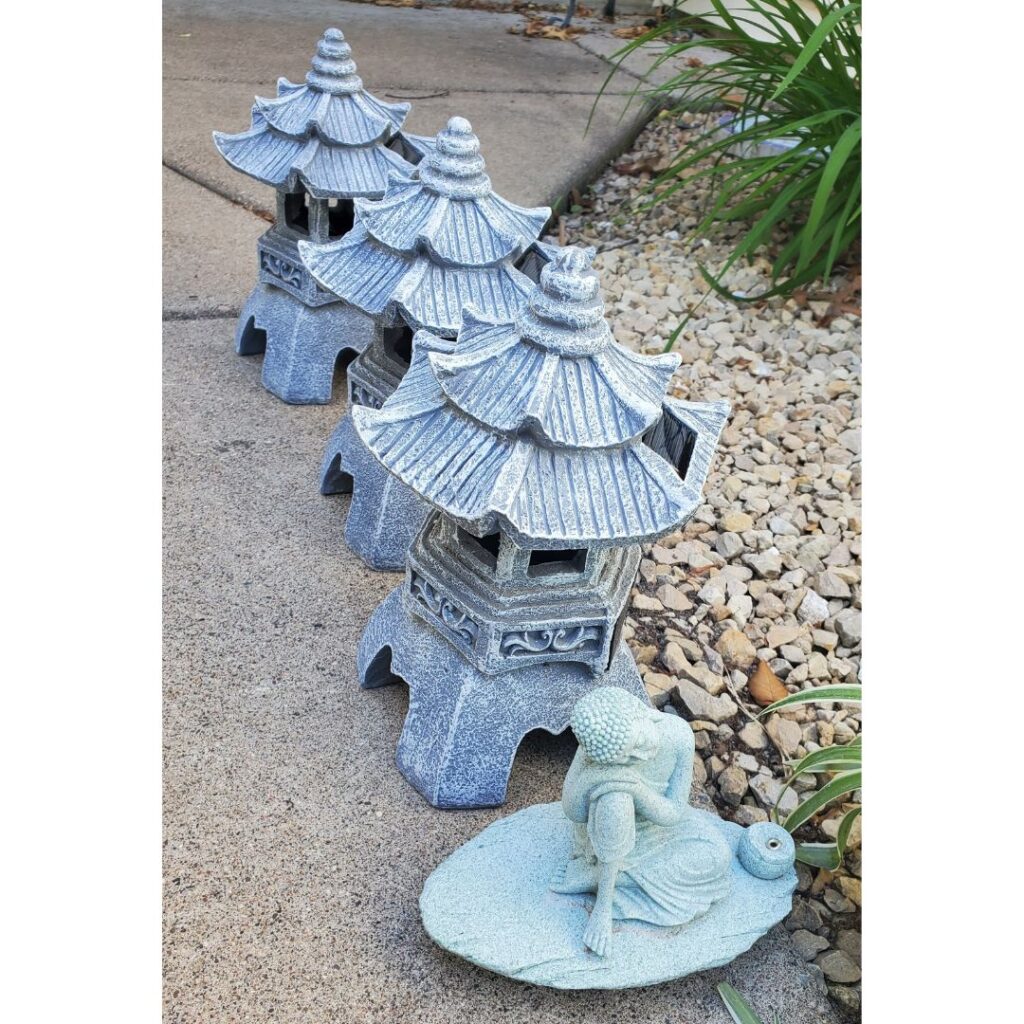
Once they arrived, I headed over to the garden center to find the right plants. I wanted a variety of succulents to showcase the resting buddha and not overtake the space.
After about 45 minutes of collecting potting soil and checking out my plant options, this is what I ended up with.
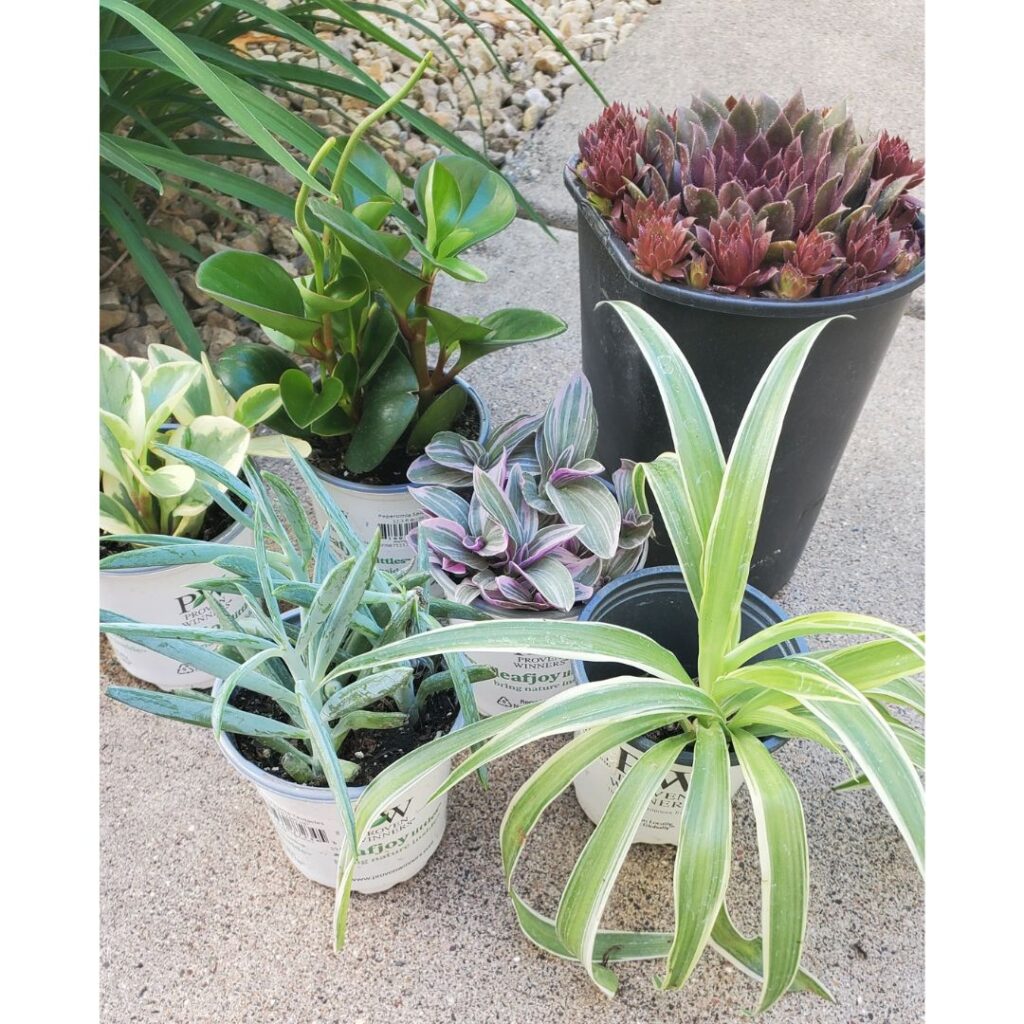
I started out by rearranging the plants and figurine till I liked the placement. I’m not creative by any means, so it was daunting and I started to wonder if I took on something I shouldn’t have. But after a number of tries, I finally settled on a display I liked.
I took the plants out of the plastic pots and put everything in place. Once I was happy with the final layout, I filled in all the crevices with fresh potting soil.
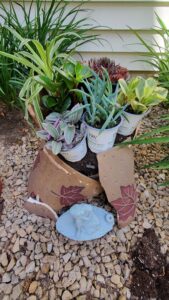
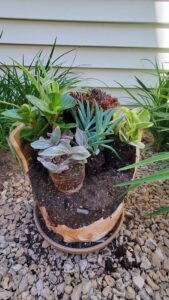
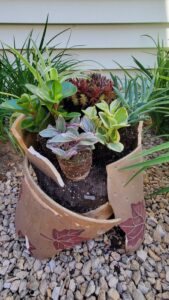
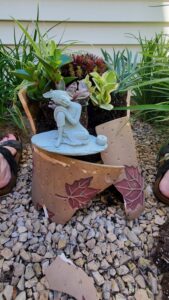
I was able to easily fill in the sides and back with potting soil. But the front was another issue. I needed to come up with a way to hold the soil in.
I rearranged the pot sherds a few times, but decided that wasn’t going to work. Then an idea hit me. Use a plastic pot one of the plants came in! So I cut out the bottom and cut out a 1/4 from the plastic pot side. I tucked it behind one of the shards and that helped hold in more potting soil.
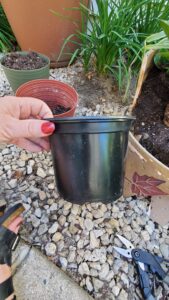
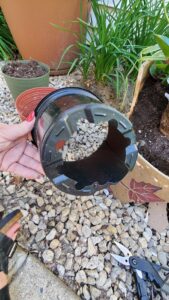
I am finally finished with putting together my reused broken flower pot! I know it could use some tweaks. Like filling in the holes with moss, to help cover up the soil. It’s not exactly what I had originally planned out in my mind, but I did say I’m not the creative type.
But I am happy I was able to find a nice way to reuse my broken flower pot.
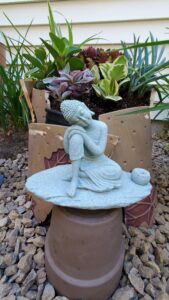
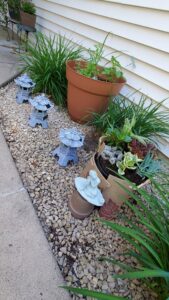
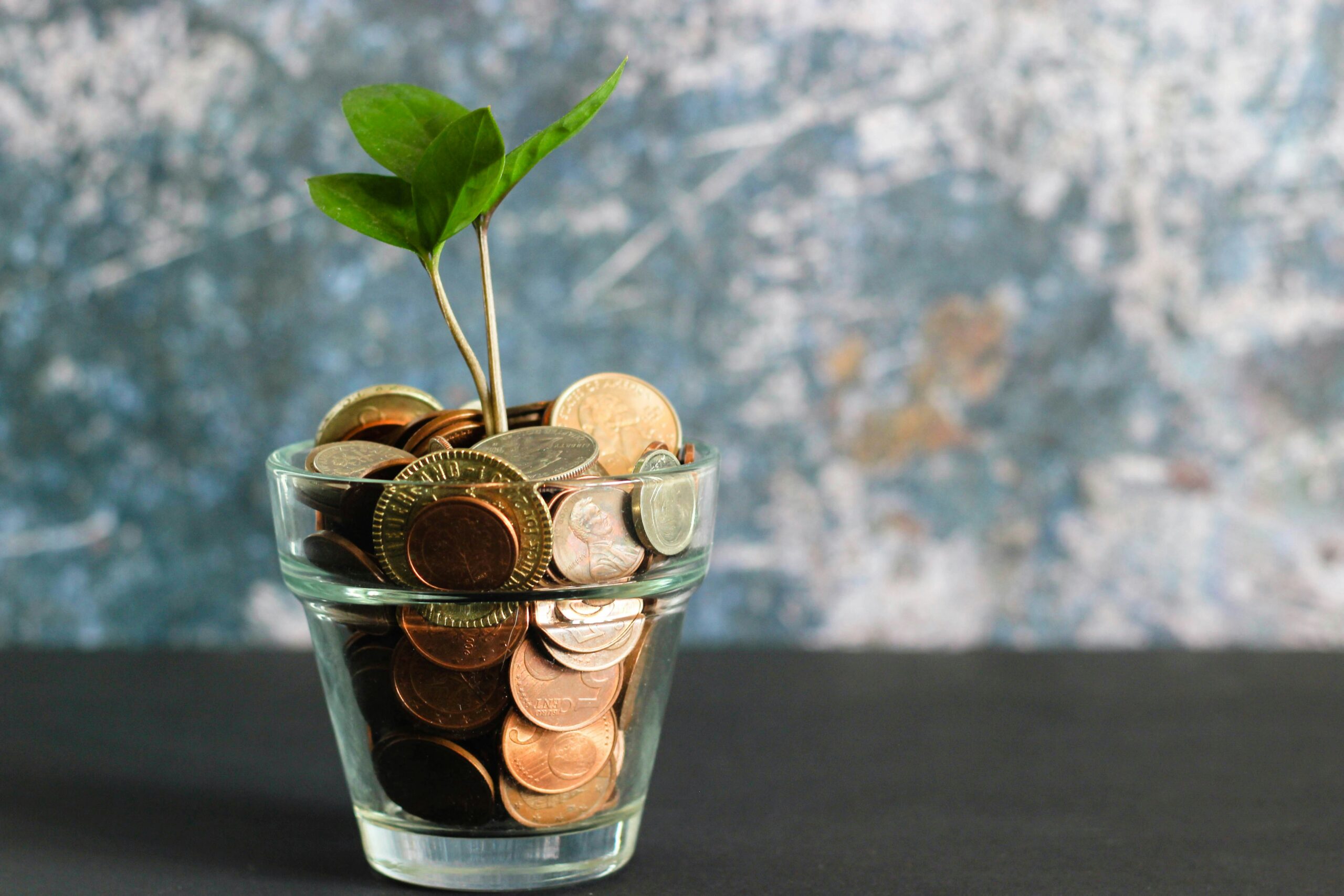
This is part three in my blog post series of “Myths in Herbal Medicine”. You can find the links to the other posts at the end of this post.
I feel that many people think that using herbal medicine can be expensive because it is natural. I guess that would depend on how you approach herbal medicine and what you are buying. But it doesn’t have to be expensive. And by this, I don’t mean that you need to get the cheap stuff either.
For the purpose of this post, by herbal medicine, I mean you can use herbs as food or make them into remedies, such as tinctures or oxymels. Because Hippocrates did say “Let food by thy medicine”.
In this post, I’ll show you a number of ways to get herbs for medicine and food, that won’t empty your wallet. Hopefully, you will find one or more that will suit your needs.
Purchasing herbs in larger quantities at a time can save you money. Some retailers may sell at a wholesale cost if you purchase a minimum amount. You may be able to save 30-70% getting them in bulk.
You will need space to store them. A cool, dark place is best. You can also share with others.
If you tend to store them, there are a number of safe ways to preserve them till use. Airsealing them in bags is how I do it. There are also buckets or pails you can purchase as well, for food grade items.
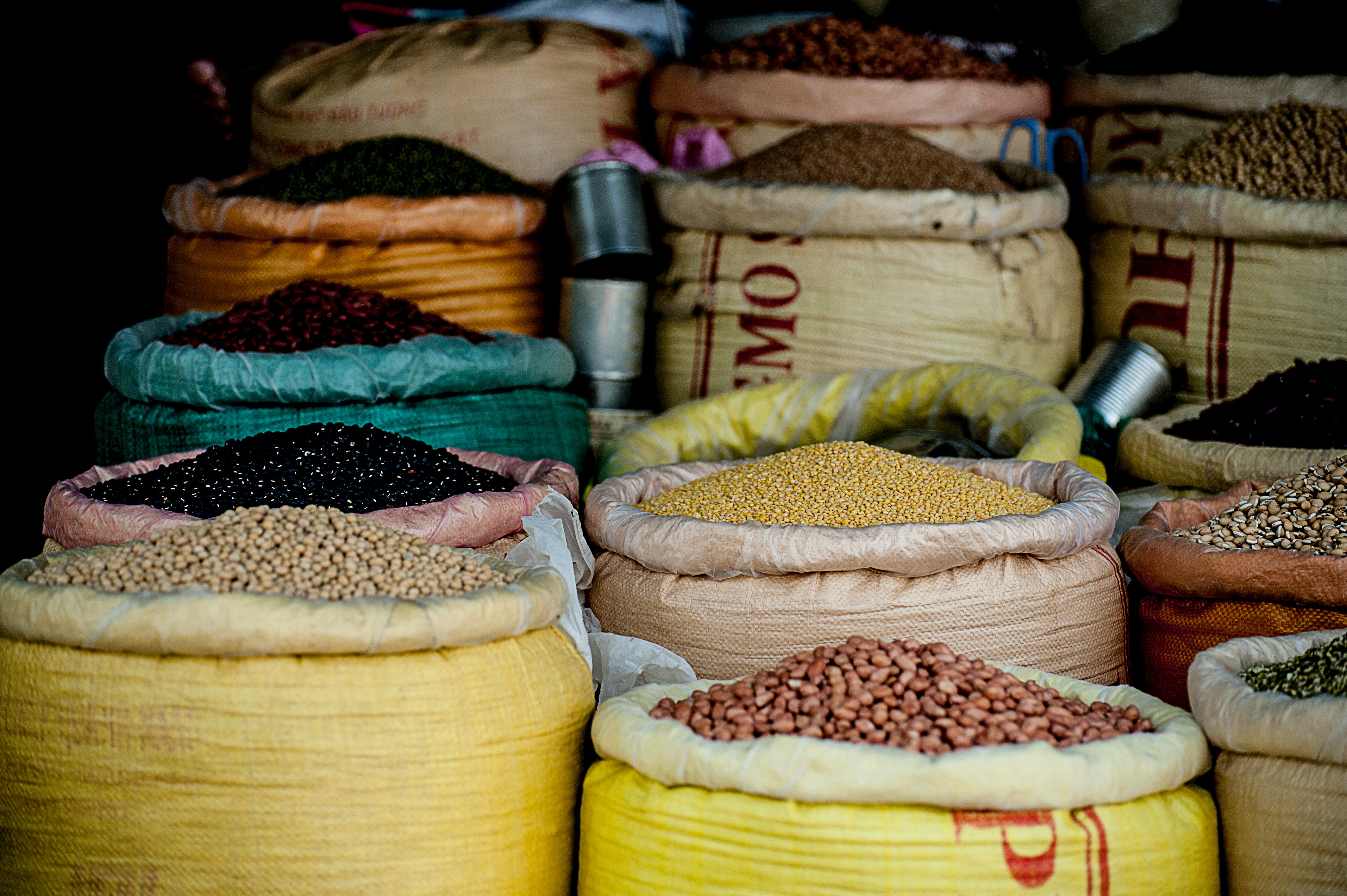
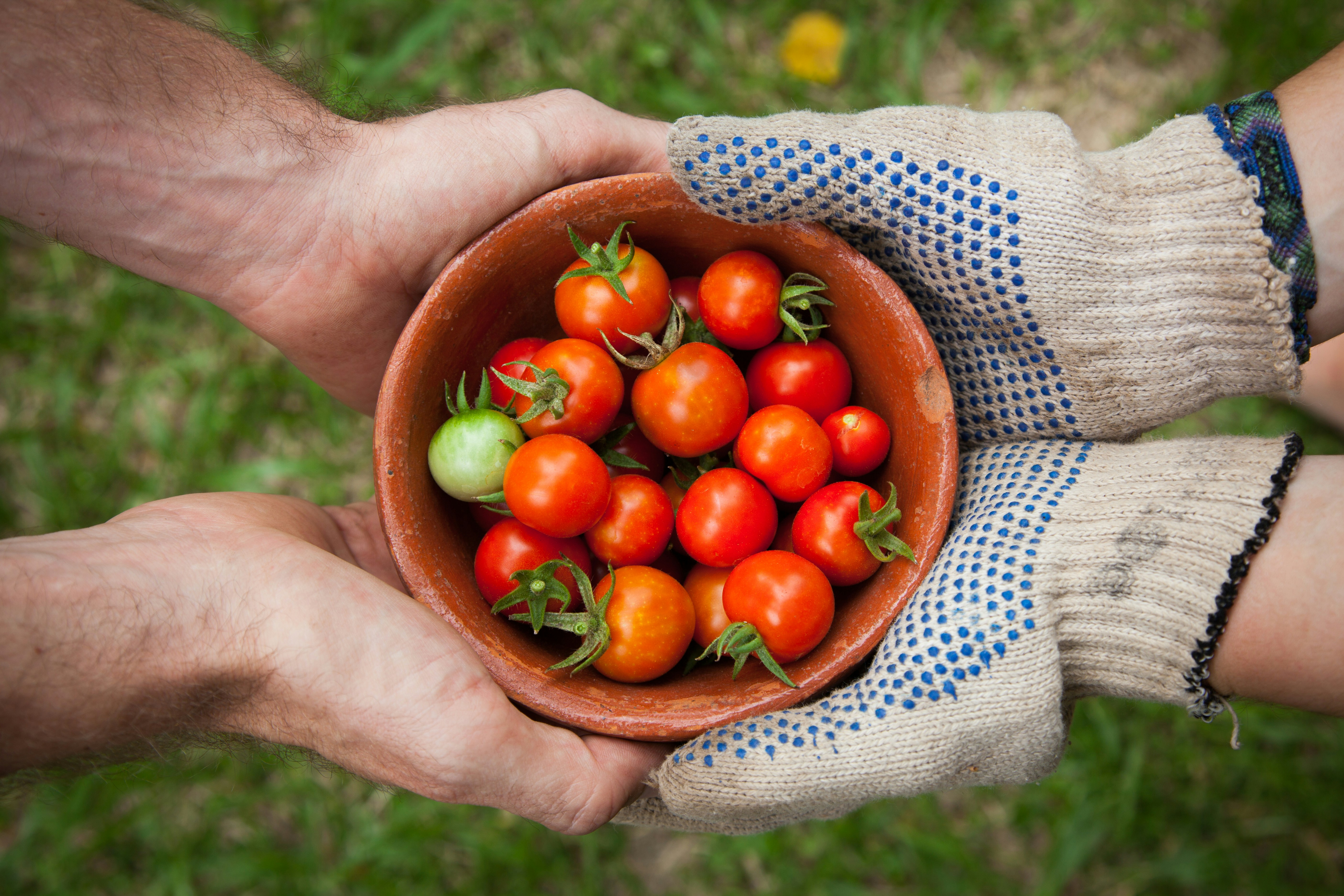
As I mentioned in the previous segment, sharing or partnering with others is another way to save.
Everyone likes saving money. So check with family and friends to see who, if anyone, is already buying the same herbs as you, and see if they want to split a purchase.
By dividing up the cost of herbs, it is not only cheaper, but also lets you use the herbs in a more timely manner. This may mean buying more frequently, but the herbs will be fresher. And who doesn’t like fresh herbs!
I know it is a little more time consuming, but keeping an eye out for sales and coupons can help save you money.
Holidays and company anniversaries are the perfect time to watch for sales.
Signing up for online herbal newsletters will sometimes offer a discount on a one-time purchase. Newsletters also can keep you posted as to when sales are coming up.
I like to utilize sales, even if I don’t need the herb at that time because it saves me money in the long run and I’m not paying full price.

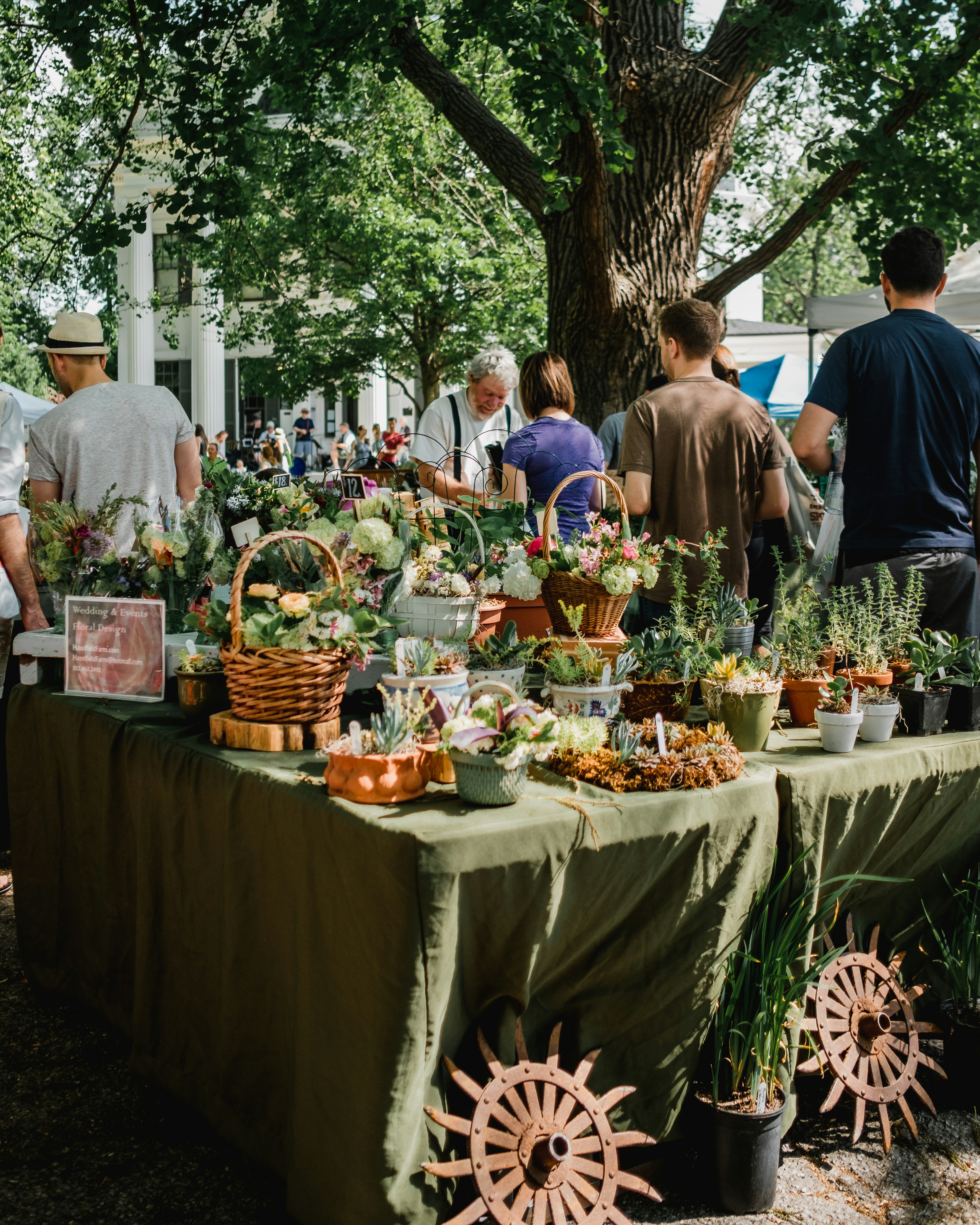
Supporting local is always a good way to find herbs to purchase and farmers markets make that very easy. Most cities and towns host farmers markets during the summer, and some even have them all year long.
I am a little biased here, on recommending farmers markets because I started my herbal business at the local farmers market in town. I sold my herbal products and got to know my weekly customers.
Something to keep in mind, some vendors at farmers markets will barter. So don’t be afraid to “make an offer” for herbs or herbal products you would like to purchase. But make sure to present a reasonable offer. You don’t want to upset a vendor with a ridiculous offer.
By shopping at farmers markets, you also get to know the person selling the herbs, can find out where the herbs are from, how they are harvested, etc. I feel this is one of the best ways to get your herbs because you get to know your herbs, unless you forage or grow your herbs.
I love foraging for a few reasons. First, the herbs, or maybe weeds for some, are free! Of course, this takes time and you need to know where to find the herbs.
Another reason I love foraging is because it gets you outside and into nature. Get your exercise and Vitamin D at the same time!
If you decide to forage, two things to keep in mind. Make sure you know how to identify the plants! There are some that have look-alikes, but can be deadly. Secondly, if its not your land, make sure you get permission to forage.
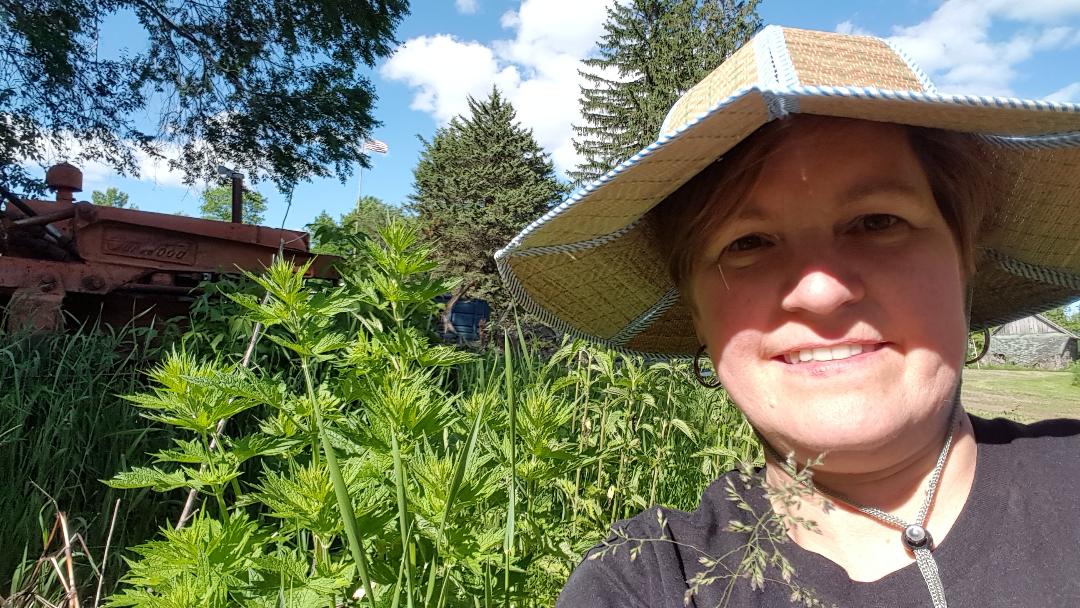

If you enjoy gardening, like me, try growing herbs. I love to watch plants grow and develop, whether in a garden or a patio pot.
Growing your own herbs holds many benefits. First, you can grow the herbs that you want to use. Second, you know exactly how they are grown and where they are coming from. Third, growing your own herbs can be relaxing and fulfilling.
And you don’t need a lot of space. Get a few pots or find a community garden. Don’t let space stop you.
As you can see, there are a number of ways that you can get herbs without breaking the bank. By partnering with others or growing your own, not only will you save money, but it will also give you a sense of accomplishment.
I hope you will find one or more of these ways to get the herbs you want into your herbal pharmacy.
Read my other blog posts in this series of “Myths in Herbal Medicine” and let me know what you think.
Herbs are Natural, so They are Safe
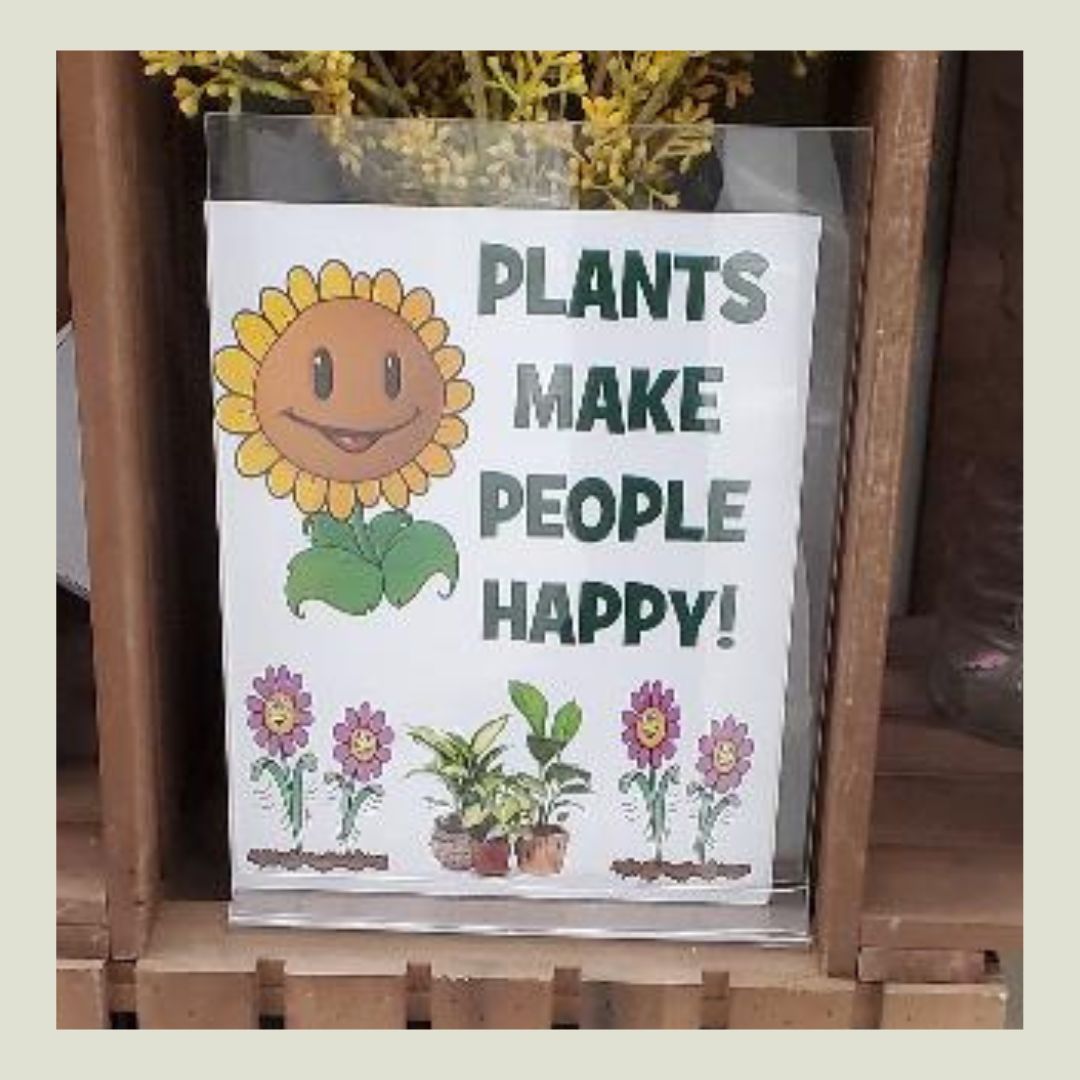
They sure do!
I was out and about one day and I came across this display at a grocery store. I passed it by, but it lingered in my head because plants do make me happy. I turned around, went back to the display and took this picture of it. I love the message “Plants make people happy!”.
We all know that giving and receiving plants, especially flowers, brings a certain joy and peace to our mindset.
That is why flowers are given on so many occassions:
“A beautiful plant is like having a friend around the house”
Why is it that plants bring us happiness?
Well, first off, we are surrounded by plants so we have to be able to live with them, like them and have a connection to them. If you don’t, you are in trouble.
This connection, or innate attraction to nature, is called biophilia. This term was coined by biologist E.O. Wilson. The desire to have house plants, trees along boulevards, a plant on an office desk, etc. stems from this natural desire.
And we can’t forget all the things that plants provide to us: shelter, food, medicine, oxygen and more. So why wouldn’t plants make us happy?
Let’s take a little bit deeper look at the many ways plants make us happy.
Studies have shown that being in and around nature makes us happier. One study has shown that nature walks are great for everyone and help to rejuvenate the brain. Another study by Gregory Bratman from Stanford, showed that those who took a 90 minute walk in nature, had decreased the pattern of thinking that is associated with depression.
To learn more nature walks, check out my blog post, “The Power of a Nature Walk“.
If you can’t get out in it, bring it inside. Natural aesthetic beauty is soothing to people, and keeping ornamental flowers and plants around the home is an excellent way to lower levels of stress and anxiety. People who keep flowers in their home feel happier, less stressed, and more relaxed.
At the end of this post, I share some ideas on what plants to have around your home or office.
About 50% of a group of survey respondents explained that gardening helped them feel calm. I know for me gardening is very calming. Hearing the birds, watching the butterflies and sitting among the plants, yeah I could sit out there all day.
Being surrounded by plants makes people happy. According to a study conducted in hospitals around San Francisco Bay Area, 79% of the patients who took part said they felt calm, 19% claimed to have felt a sense of optimism, and 25% became stronger from spending time around plants.
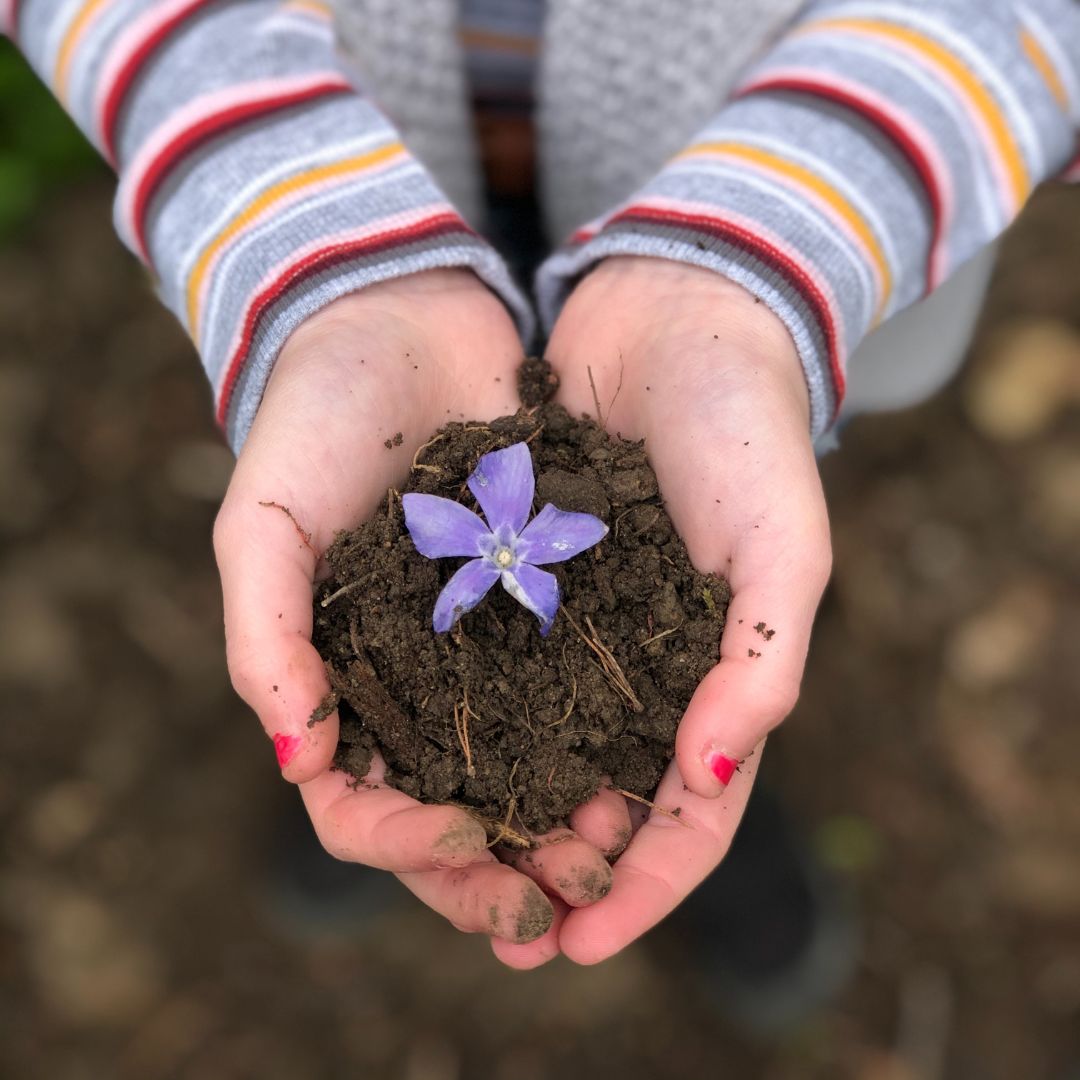
…the bacterium found in soil may help stimulate serotonin production, which makes you relaxed and happier. So getting your hands dirty in the soil when working with plants is beneficial two-fold.
When we are in the hospital or not feeling well, receiving flowers and plants automatically makes us feel better. Whether it is the plant itself or the thoughtfulness from others, receiving brings a sense of peace.
Not only do plants soothe and comfort us, but they have other health benefits as well:
Spending time in nature gives people an increased feeling of vitality, increasing their energy levels and making them feel more animated. Being out in a natural environments helps put a positive outlook on life, making people feel more alive and active.
Our minds need to be stimulated and one of the best ways is to bring the energy of outdoors, indoors with plants.
In a University of Michigan study, memory retention increased 20% while being around plants, positively effecting learning abilities. The effect of nature stimulates the senses and the mind which improves mental cognition and performance. Work performance is better, more accurate and of a higher quality when plants are around.
Studies have shown that surrounding yourself by plants could improve your concentration by up to 20% and increase your ability to recall information by 15-20%. Plants do this by reducing CO₂ concentration and improving air quality.
When I worked in an office setting years ago, I always had a plant on my desk. At the time, I wasn’t aware that it was helping me work better. Now I know.
The house plant pictured below kept me company for over 10 years in my office cubicle and now it hangs out in my stairwell. Still going stronge. Well, except for the war marks from being chewed on by my cat!
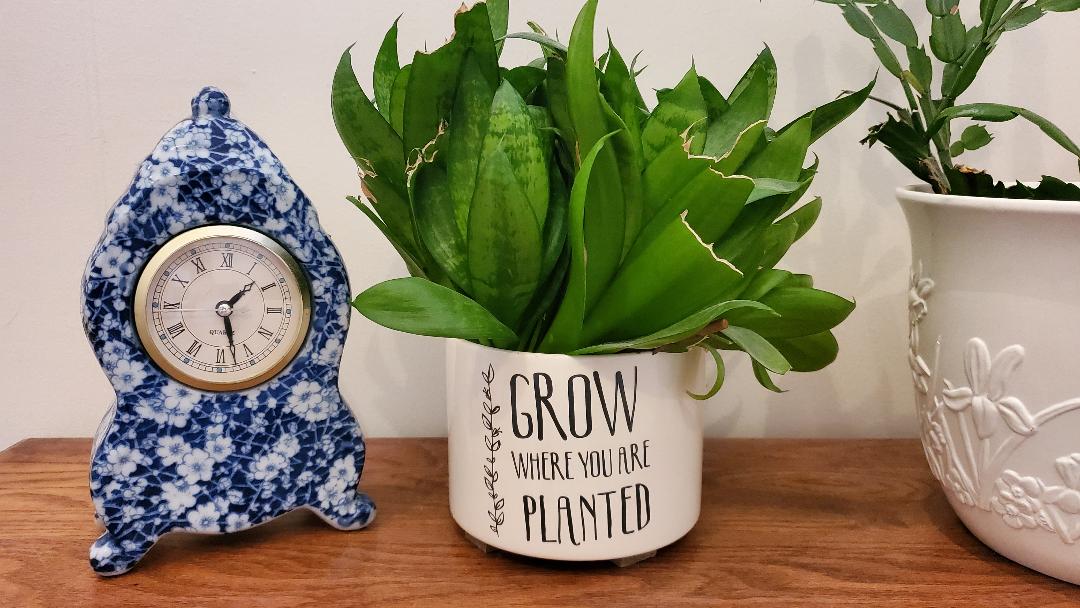
Having plants in your house can be a small but powerful concept that freshens up your space and brings life into your living quarters. Why do people have pets? Because they bring people joy and happiness! The same is true for plants. They provide you with something to care for and offer a change of scenery in your space.
Taking the time to care for a life giving object and putting in the effort to nurture a plant, brings happiness and a sense of calm to people. Not to mention the sense of achievement and the joy that arises when a new leaf pops out or a flower appears!
Studies have shown that people who spend more time around plants are much more likely to try and help others, and often have more advanced social relationships. Spread the love!
Studies have shown that muted green colors have a positive affect in our bodies. It has shorter wavelengths so our eyes don’t need to adjust to it. Also, because green is all over in the natural world, we feel centered and relaxed when surrounded by it. That in turn lowers anxiety. It also makes us feel optimistic and refreshed.
A few years ago I wrote a blog post about the color green, “It’s Not Easy Being Green, or is It?“. Give it a read, it includes a recipe for green bread, which I love!
There are select plants that will bring more happiness to us than others. But that should be taken individually.
For instance, there are thousands of flowers, but none can beat the happiness that a single red rose can offer.
On the other hand, a small child will pick a dandelion and say “Look Mommy! I picked you a flower!” and be so proud of his beautiful find. It’s all perspective.
If you are looking to adopt a plant and wondering where to start or just curious if your current plants are on the list, here are a few to look into.
There is no question about it. Whether its a rose or a dandelion, a flower had a positive effect on us.
I hope this blog post will entice you to get a house plant or two, or plant a flower outside or just take a walk in the woods.

Biophilia – What is it and why is it important?
The history of funeral flowers
5 Reasons Indoor Plants Make You Happier
World Happiness Day: four ways plants help us feel happier
Why Do Plants Make Us Happier? Five Facinating Reasons
Adding a Small Plant to Your Desk Can Improve Your Memory and Make You Happier